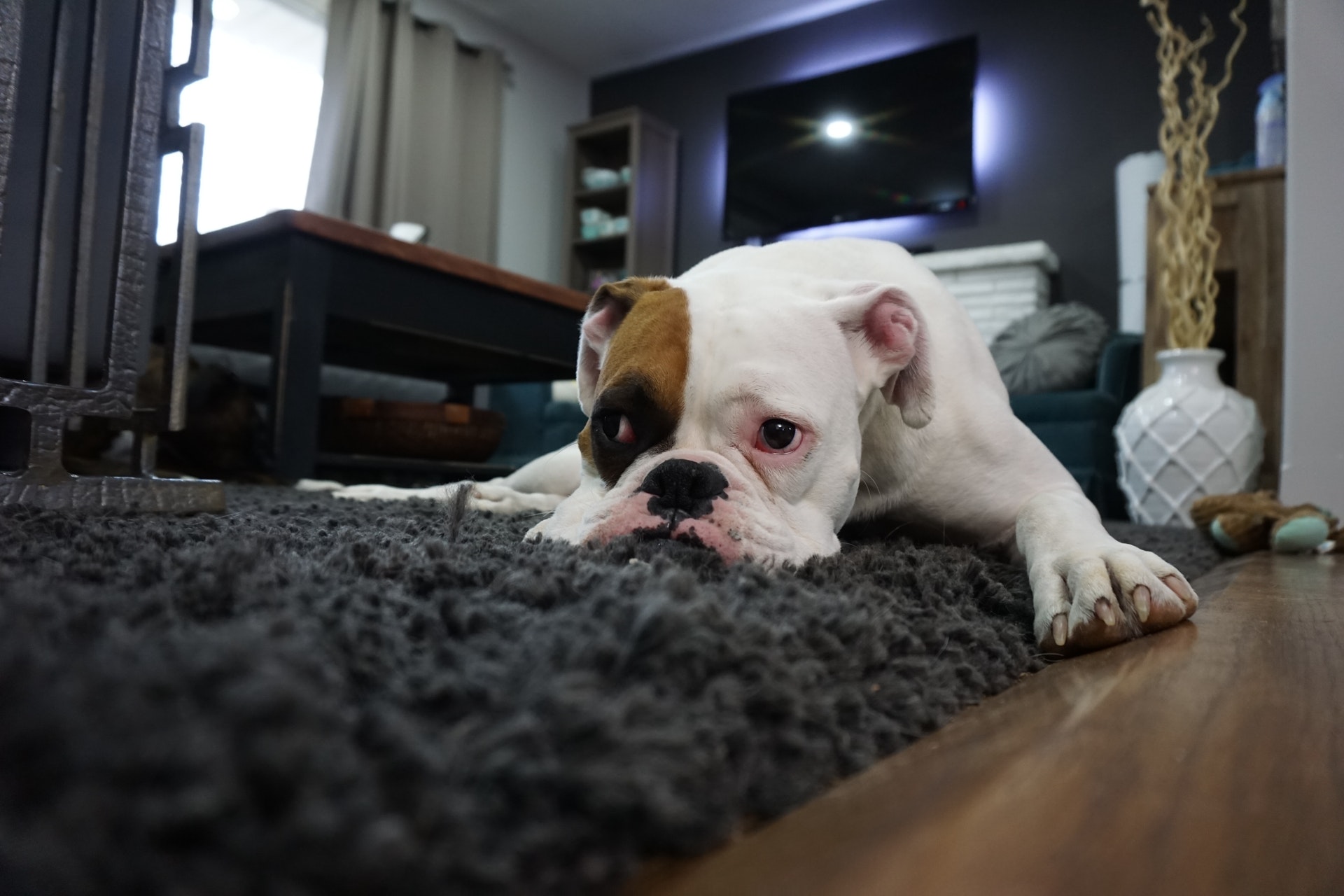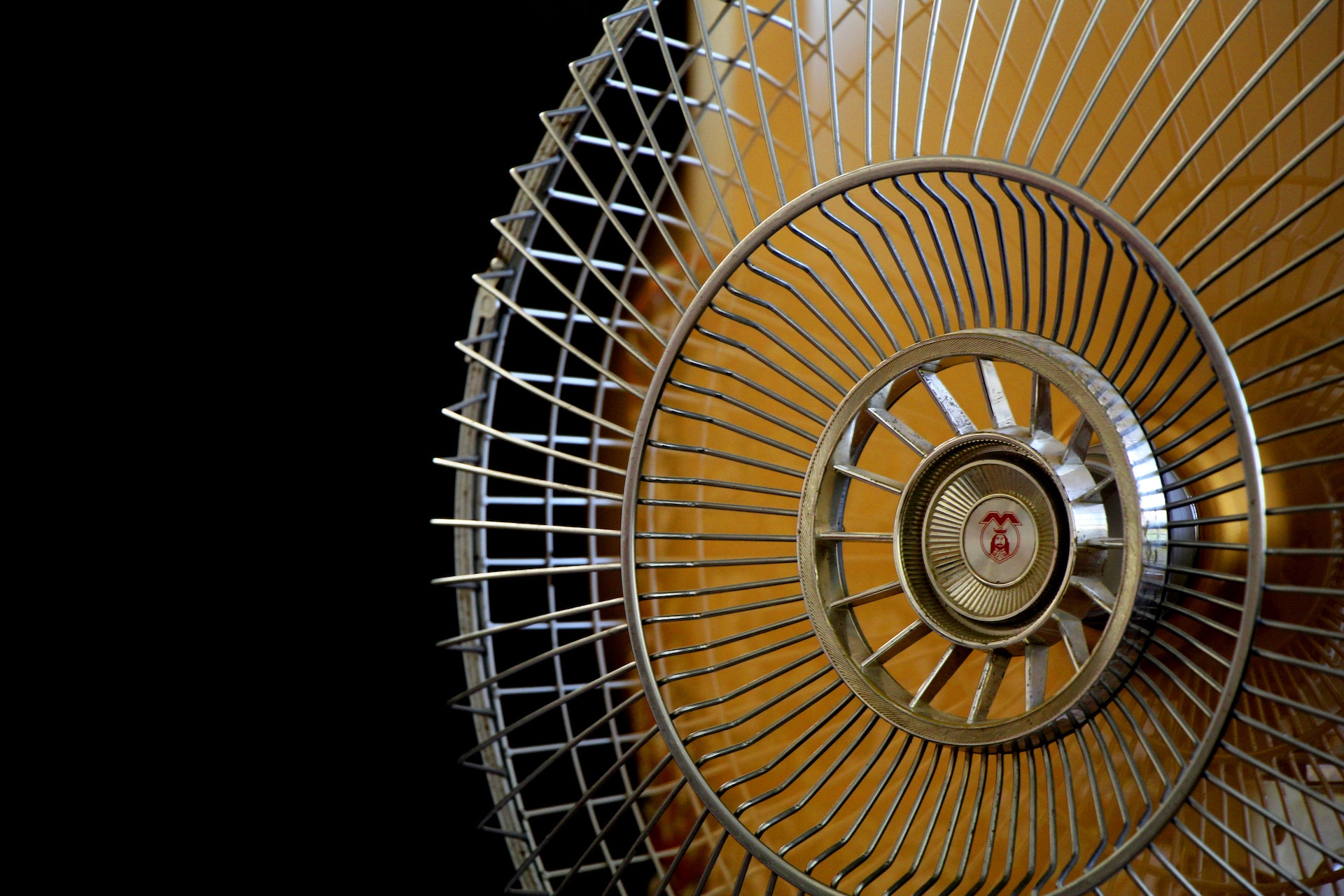Winterizing your home is a crucial step to ensure it stays warm, energy-efficient, and protected during the colder months. This process involves preparing your heating and air systems to handle the winter weather efficiently and safely. This article provides a comprehensive checklist to help you effectively winterize your home’s heating and air systems.
1. Furnace Inspection and Service
- Schedule a professional inspection and servicing of your furnace to ensure it’s in optimal condition for the winter.
- Ensure that all components, including burners, fans, and filters, are cleaned and in good working order.
2. Thermostat Check and Upgrade
- Test your thermostat to make sure it’s working correctly. Consider upgrading to a programmable or smart thermostat for better heating control and energy savings.
- Set your thermostat to lower the temperature automatically when you’re asleep or away from home.
3. Replace or Clean Filters
- Change or clean the furnace and air system filters. Clean filters improve air quality and system efficiency.
- Filters should be checked monthly and replaced or cleaned as needed.
4. Check and Seal Ductwork
- Inspect your ductwork for leaks or gaps. Seal any leaks with duct tape or mastic sealant to prevent heat loss.
- Consider having your ductwork professionally cleaned to improve airflow and efficiency.
5. Insulate Pipes and Water Heater
- Insulate hot water pipes and the water heater to prevent heat loss and reduce the risk of freezing.
- Check the water heater’s temperature setting and lower it if necessary to save energy.
6. Clear Vents and Registers
- Ensure all vents and registers are not blocked by furniture, rugs, or curtains to allow proper airflow throughout the home.
- Clean dust or debris from vents to improve air quality and circulation.
7. Reverse Ceiling Fans
- Change the direction of ceiling fans to clockwise to push warm air down, improving heat distribution.
8. Window and Door Insulation
- Check for drafts around windows and doors. Use weather stripping or caulk to seal any leaks.
- Consider installing insulating curtains or window film to further reduce heat loss.
9. Prepare for Emergencies
- Have a plan for heating your home in case of a power outage or furnace failure, such as backup generators or alternative heat sources.
- Ensure you have a carbon monoxide detector installed and that it is functioning properly.
Conclusion
Winterizing your home’s heating and air systems is an essential step in preparing for the colder months. By following this checklist, you can ensure that your home remains comfortable, energy-efficient, and safe throughout the winter. Regular maintenance, proper insulation, and efficient heating practices not only enhance your home’s warmth but also contribute to significant energy savings and a reduced environmental footprint.





